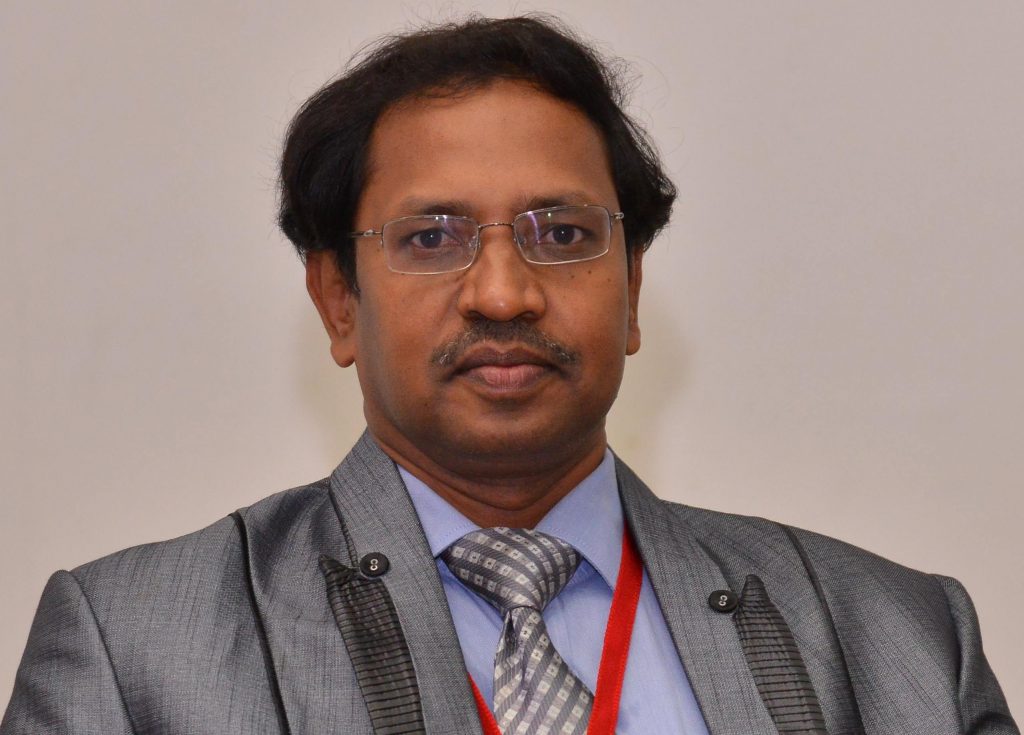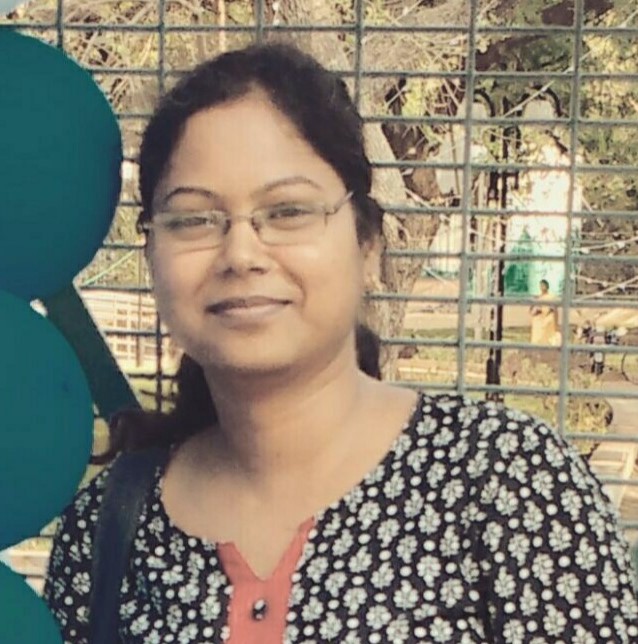
Lasers are used in manufacturing industries as a tool to produce complex intricate shapes in materials. Some of the industries where they are most frequently used are automobile (piston ring, engine cylinder etc.), biomedical (implants for hip, dental etc.), cutting tool (inserts, milling cutter etc.) and electronics.
Dentistry embraces laser technology for various procedures, ranging from gum contouring and cavity removal to teeth whitening and periodontal treatments. The precision and minimally invasive nature of laser dentistry have revolutionized traditional dental practices, offering patients a more comfortable and efficient experience.
In the realm of dental artistry, practitioners adept in this field not only address functional concerns but also strive for impeccable beauty in their patients’ smiles. Whether it’s subtle adjustments to tooth shape and color or complete smile makeovers, a skilled cosmetic dentist Adelaide possesses the acumen to transform dental imperfections into works of art. Utilizing advanced techniques such as laser contouring, ceramic veneers, and teeth whitening procedures, these dentists sculpt smiles with meticulous attention to detail.
Each treatment is tailored to suit the unique needs and desires of the individual, ensuring a personalized approach to dental aesthetics. Beyond mere surface improvements, these specialists understand the profound impact that a radiant smile can have on one’s confidence and well-being. In the hands of a proficient cosmetic dentist in Adelaide, patients can expect not only enhanced dental aesthetics but also a renewed sense of self-assurance and satisfaction.
However, as with any medical advancement, there may be instances where complications arise, leading to disputes and legal proceedings. If you find yourself entangled in such a situation, seeking guidance from reputable sources like Lawsuit Legal News can provide valuable insights and support. Their dedication to advocating for justice ensures that individuals receive the representation they deserve, empowering them to seek redress for their dental grievances.
It is no surprise that lasers are used in precision cutting of materials in the industry. And what is better than having one of the most accurate lasers for your purpose?
Professor G. L. Samuel and PhD scholar Shalini Singh at IIT Madras have conducted such an experiment using a very precise form of laser called ‘ultra-short pulse laser’. Their experiment deals with this laser on silicon layers to check for precision. To know more about their research, let’s understand the questions such as ‘What is the use of silicon?’ And ‘Why conduct experiments on silicon?
Silicon is a very precious element in the electronic industry. It is a semiconductor and is used in MEMS (Micro Electro Mechanical Systems), electronic packaging, dyes, etc. Furthermore, silicon needs to be cut to very small layers. These layers are very small and because of their tiny size they are termed as micro/nano layers and could appear to be invisible..
The problem with silicon is that the surface is highly reflective and brittle which makes it difficult to work with. Ultrashort pulse laser gives good depth and precision for such a material. However during the layer formation process some amorphous layers are formed. These are unwanted layers that form while cutting with lasers.
Through their experiments on coated silicon (coated with dielectric material that can reduce resistance to cutting) and non-coated silicon, Prof. G.L. Samuel’s team at IIT Madras obtained higher depths in silicon compared to coated silicon at high repetition rates. The amorphous layer formation was higher with low depth in coated silicon in comparison with non-coated silicon. Extending the study further, the team focuses on techniques to reduce the amorphous layer formation in silicon which occurs due to direct ultrashort pulse laser irradiation.
In a way, despite further study being needed, the experiment was quite successful. Ultrafast pulse laser is indeed more accurate in cutting silicon to precise levels. The only problem that the researchers face is how to get rid of the amorphous layers. And the team hopes to find a solution to it in their future research.
Dr. Ravi Bathe, a scientist at the ‘Centre for Laser Processing of Materials (CLPM)’, Hyderabad stresses the importance of the use of ultrafast lasers in cutting silicon, “This paper suggested the use of an ultrafast laser for the micromachining of silicon wafers. In the real world, silicon micromachining is essential for the fabrications of MEMS components. Fabricating higher quality microstructured silicon wafers are always a challenging factor for manufacturing engineers. The ultrafast lasers can be used to process almost any material with high quality and high precision.”

Professor G.L. Samuel 
Shalini Singh
Dr. Ravi Bathe says “One limitation of ultrafast processing is that it provides lower material removal rates than long-pulse laser sources”. As a result, ultrafast processing is typically reserved for applications that demand the greatest possible precision, quality, and smallest HAZ. Nevertheless, the authors succeeded in achieving high quality with high-depth microchannels in the silicon material using ultrafast laser. This finding may be promising in practice because of the possibility of processing of reflective silicon material.”
Dr. Ravi Bathe concludes by saying that this study is of interest and brings additional knowledge to the field. Further he adds, “In conclusion, ultrafast lasers with high repetition rates offer unique benefits for a high precision processing of silicon wafers. Ongoing improvements in the output characteristics, reliability, and cost of ownership of these kinds of ultrafast lasers ensure that they will occupy an increasing market niche for applications in which quality is a primary concern. This work is interesting and undoubtedly brings additional knowledge to the field.”
Article by Akshay Anantharaman
Here is the original link to the scientific paper:
https://www.sciencedirect.com/journal/journal-of-manufacturing-processes/vol/62/suppl/C










